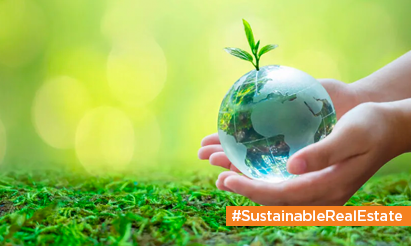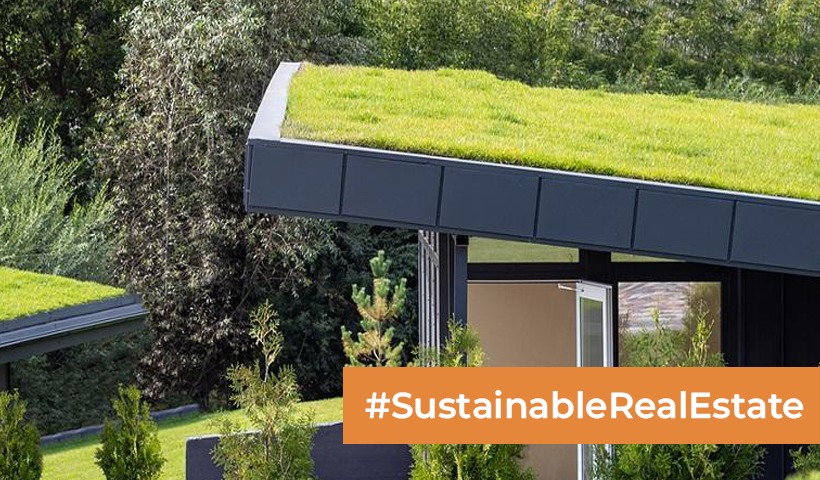Eco-Friendly Building: Decarbonization’s Role in a Greener Future!
The built environment, which includes our homes, offices, and infrastructure, plays a significant role in global carbon emissions. As the world faces the pressing challenge of climate change, there is a growing need to decarbonize the built environment. By reducing carbon emissions associated with construction, energy use, and maintenance, we can pave the way for a greener, more sustainable future. In this blog, we’ll explore the importance of decarbonizing the built environment and the strategies and technologies that can help us achieve this crucial goal.
The Carbon Footprint of the Built Environment
The built environment contributes to a significant portion of global carbon emissions. These emissions come from various sources, including:
- Construction: The production of materials like cement and steel, transportation of construction materials, and the energy used in building construction contribute to a substantial carbon footprint.
- Energy Use: Buildings are major consumers of energy for heating, cooling, lighting, and electronic appliances. Fossil fuels still dominate the energy mix in many places, leading to high carbon emissions.
- Maintenance: Ongoing maintenance and operation of buildings, as well as infrastructure, can result in energy consumption and carbon emissions.
- Demolition and Waste: The end of a building’s life cycle, demolition, and the disposal of construction waste can also contribute to carbon emissions.
Decarbonizing the built environment is crucial not only for reducing emissions but also for creating more energy-efficient, sustainable, and comfortable spaces for people to live and work in.
Strategies for Decarbonization
- Energy Efficiency: Implementing energy-efficient technologies and practices in building design and operations is fundamental. This includes better insulation, high-efficiency heating, cooling, and lighting systems, and smart energy management.
- Renewable Energy: Transitioning to renewable energy sources, such as solar panels and wind turbines, to power buildings can significantly reduce carbon emissions from the built environment.
- Sustainable Materials: Using sustainable building materials, like recycled or low-carbon materials, can decrease the carbon footprint of construction.
- Passive Design: Passive building design, which optimizes a building’s orientation, natural lighting, and ventilation, can reduce the need for energy-intensive heating and cooling.
- Electrification: Shifting from fossil fuel-based heating and cooking to electric alternatives, such as heat pumps and induction stoves, can help reduce emissions.
- Green Roofs and Walls: Incorporating green roofs and walls can improve insulation and air quality while also providing a habitat for plants and wildlife.
- Efficient Transportation: Promoting efficient and sustainable transportation options, including public transit, cycling, and walking, can reduce the carbon footprint of commuting.
Technologies for Decarbonization
- Building Management Systems: These systems use data and automation to optimize energy use, improving efficiency and reducing carbon emissions.
- Smart Grids: Smart grids can balance energy supply and demand more effectively, enabling the integration of renewable energy sources and improving grid reliability.
- Building Information Modeling (BIM): BIM allows for efficient and accurate building design, construction, and management, reducing waste and energy consumption.
- IoT and Sensors: Internet of Things (IoT) devices and sensors can monitor and control various building systems, enhancing energy efficiency.
- Advanced Insulation: Innovative insulation materials and methods can significantly reduce heating and cooling needs.
Decarbonizing the built environment is a critical step towards a more sustainable and greener future. By adopting energy-efficient technologies, sustainable practices, and renewable energy sources, we can significantly reduce the carbon emissions associated with construction and building operations. It’s a shared responsibility that involves governments, businesses, architects, builders, and individuals to work together in the pursuit of a more sustainable and environmentally friendly built environment. This collective effort can help mitigate climate change and create healthier, more energy-efficient spaces for all.
Disclaimer: The views expressed above are for informational purposes only based on industry reports and related news stories. PropertyPistol does not guarantee the accuracy, completeness, or reliability of the information and shall not be held responsible for any action taken based on the published information.





It’s an informative post, but I think it would benefit from other perspectives. Diagrams or photos of construction parts help readers better see the whole process.